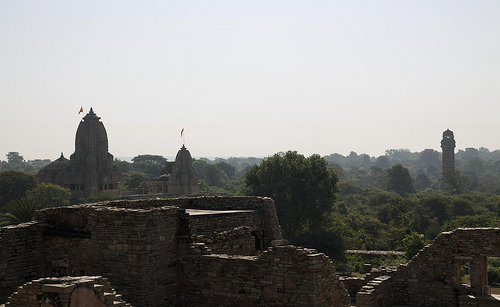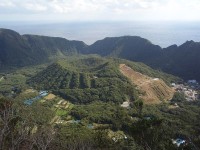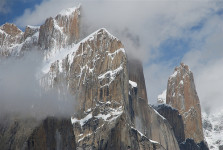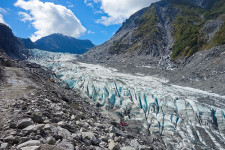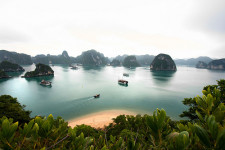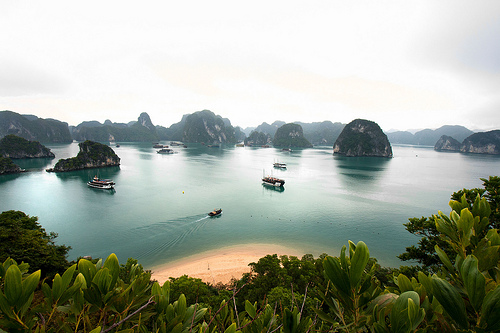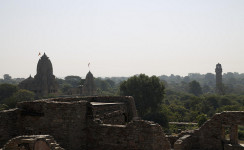
Hold out the invaders with these Chittorgarh Fort facts.
- Chittorgarh Fort is a fort located in the city of the same name, in Asia’s India, and it contains 65 notable buildings, including 4 memorials, 4 palaces and 19 temples.
- Chittorgarh Fort is the biggest Indian fort in terms of area, and is often stated to be the most impressive fort in the Indian state Rajasthan.
- Chittorgarh Fort covers an area of 2.8 square kilometres (1.1 square miles), has a perimetre of 13 km (8 miles), and is situated on a 180 metre (890.6 feet) high hill.
- In 2013, Chittorgarh Fort became part of a group of forts known as the ‘Hill Forts of Rajasthan’, that was listed as a UNESCO World Heritage serial site in that year.
- Chittorgarh Fort is known by a number of different names and spellings, as does the city above which it sits, and these include ‘Chittaur’, ‘Chittaurgarh’, ‘Chitaurgarh’, ‘Chittor’, ‘Chitorgarh’.
Chittorgarh Fort
Image courtesy of Milo & Silvia/Flickr
- The Chittorgarh Fort was built sometime in the 7th century AD by the Mauryans and was named after the Mauryan ruler Chitrangada Mori, and was used until 1568.
- Approximately 40% of Chittorgarh Fort’s area was used for collecting or storing billions of litres of water, and 22 of the 84 areas are still used today.
- Throughout its history, Chittorgarh Fort was mostly controlled by the Rajput clan, Sisodia, although it was sieged three times – first in 1303, next in 1535 and finally in 1568.
- Chittorgarh Fort is shaped like a fish when seen at a bird’s-eye view, and to access the fort, one has to pass through seven gates on the way up the hill.
- Chittorgarh Fort symbolises the virtues of courage, nobility, sacrifice and chivalry, of the prominent fort controllers, the Rajputs.
Bibliography:
Chittorgarh Fort, 2014, Wikipedia, http://en.wikipedia.org/wiki/Chittorgarh_Fort
Chittorgarh Fort, n.d, Udaipur, http://www.udaipur.org.uk/excursions/chittorgarh-fort.html





